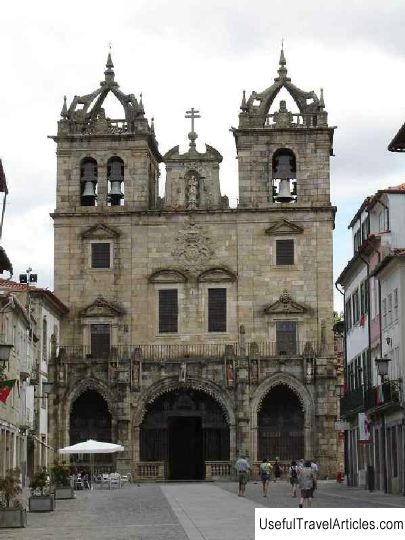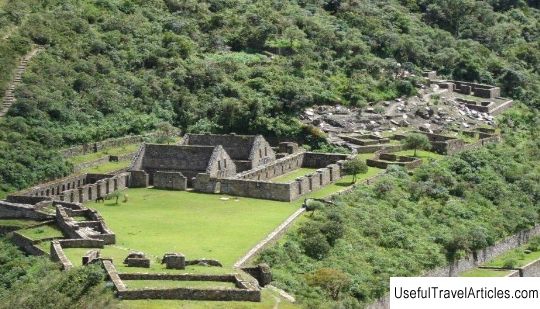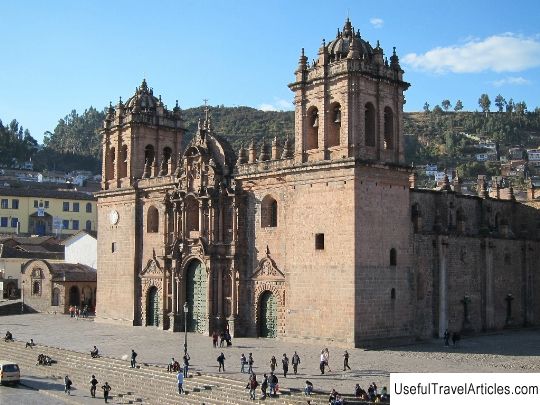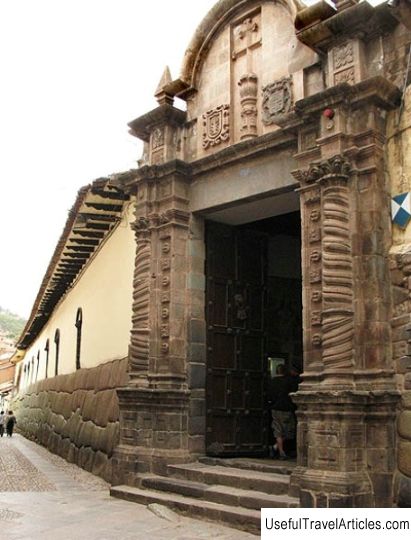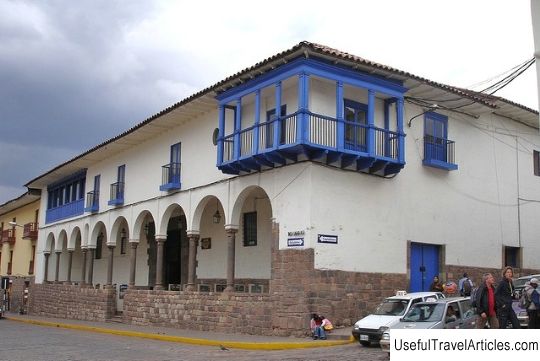Ruins of the ancient city of Machu Picchu description and photos - Peru: Machu Picchu
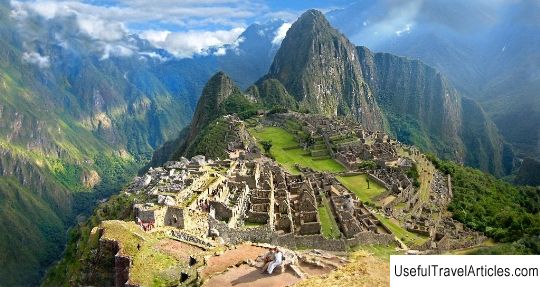
Ruins of the ancient city of Machu Picchu description and photos - Peru: Machu Picchu. Detailed information about the attraction. Description, photographs and a map showing the nearest significant objects. The title in English is Machu Picchu. Photo and DescriptionTucked away in a rocky area northwest of Cusco, Machu Picchu is believed to have been a royal palace or sacred site for the Inca rulers, whose civilization was almost completely destroyed by the Spanish invaders in XVI century. For hundreds of years, the existence of the abandoned citadel was not known until American archaeologist Hiram Bingham accidentally stumbled upon it in 1911. The existence of this place was known only to local peasants living nearby. After research, scientists have determined that out of more than 150 structures of Machu Picchu, most of the buildings are temples, sanctuaries and baths. Many modern archaeologists believe that Machu Picchu was the home of the Inca nobility and emperors. Other scholars suggest that it was a sacred place, indicating its proximity to the mountains and other geographic features considered sacred to the Incas. Dozens of alternative hypotheses have been put forward since Machu Picchu was first presented to the world, such as that it was a trading center, a prison, a retreat from the female community, or the city where the Inca coronation took place. In the summer of 1911 The American archaeologist Hiram Bingham arrived in Peru with a small group of researchers, hoping to find an Inca fortress. Bingham and his team, passing through the Urubamba Valley near Cusco on mules and on foot, heard from a local farmer the story of the ruins located at the top of a nearby slope. The peasant named this mountain Machu Picchu, which in Quechua means `` old peak. '' July 24, after a steep and difficult ascent to the mountain ridge, in the cold drizzling weather, Bingham met a small group of peasants who showed him the rest of the way. Under the guidance of an 11-year-old boy, Bingham first saw the intricate network of stone terraces in front of Machu Picchu. Happy Bingham wrote a best-selling account of his discovery, The Lost City of the Incas. After that, hordes of thirsty tourists began to flock to Peru to follow in his footsteps and find the still unknown sacred sites of the Incas. Hiram Bingham brought artifacts found during excavations at Machu Picchu with him to Yale University and made them available for further study. Although the discovery of the ruins of Machu Picchu is credited to Hiram Bingham, there is actually evidence that missionaries and other explorers were in these places during the 19th and early 20th centuries. but they were unable to inform the whole world about it. The territory of Machu Picchu stretches for 5 miles, has 3000 stone steps that connect its various levels. Against the backdrop of a tropical mountain forest on the eastern slopes of the Peruvian Andes, the ruins of Machu Picchu are visible: its walls, terraces, stairs and ramps merge together in their natural setting. The precision-crafted masonry of the buildings, terraced fields and elaborate man-made water structures for irrigating the soil bear witness to the architectural, agricultural and engineering achievements of the Inca civilization. The central buildings are a prime example of the construction of complex and tall buildings from carved stones without mortar. Archaeologists have identified several different sectors that make up the city - this is an agricultural area, residential area, royal area and sacred area. The most famous are the Temple of the Sun, the Inti Vatana Ritual Stone and the granite stone, which is believed to function as a sundial or calendar. In 1983, the ruins of Machu Picchu were inscribed on the UNESCO World Heritage List. Named one of the 7 Wonders of the World in 2007, Machu Picchu is Peru's most visited attraction and South America's most famous ruins, drawing hundreds of thousands of people a year to its territory. Increased tourism, the development of nearby cities and environmental degradation continue to have a detrimental effect on the area around Machu Picchu, which is also home to several endangered species of fauna and flora. Based on this in recent years,         We also recommend reading Church of St. Mary in the village of Verkhniy Koropets description and photo - Ukraine: Mukachevo Topic: Ruins of the ancient city of Machu Picchu description and photos - Peru: Machu Picchu. |
